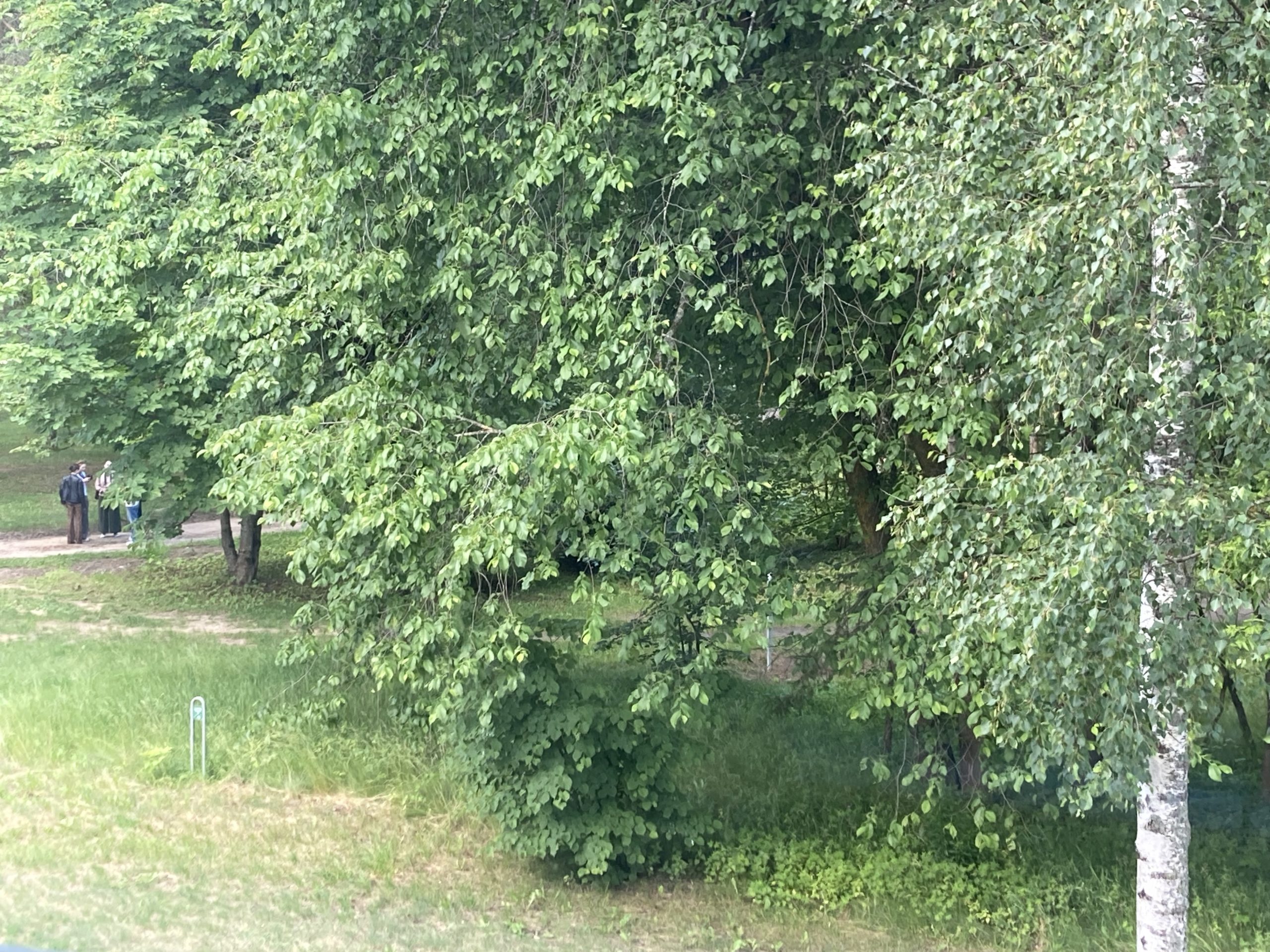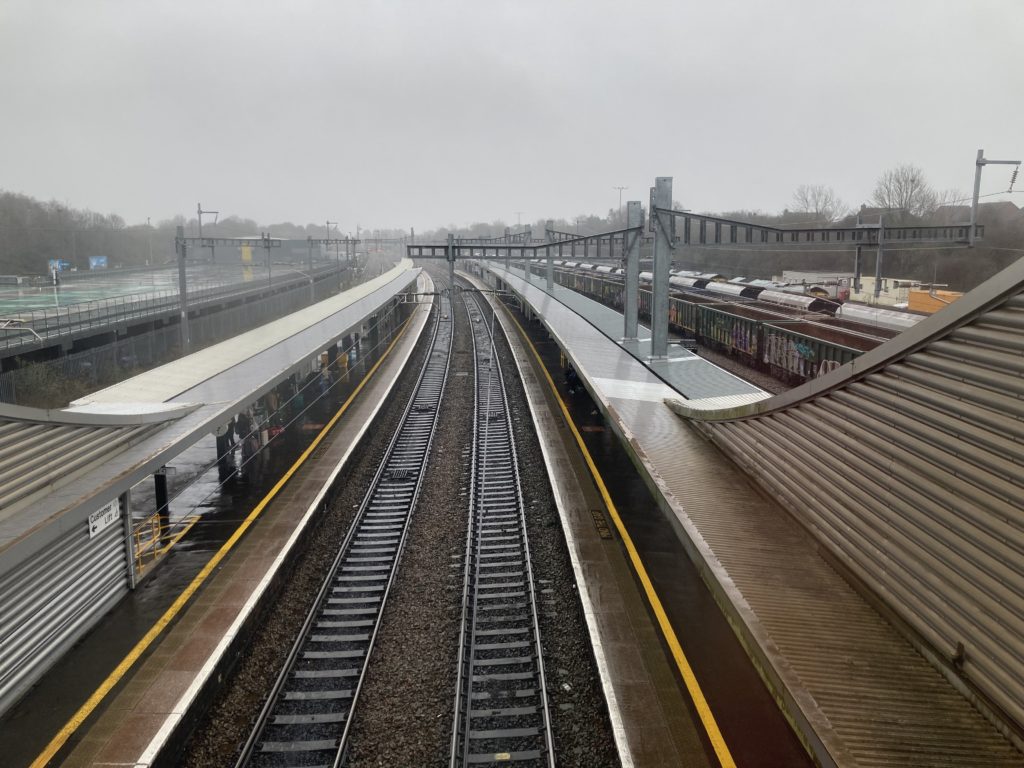
Today’s blog is about positioning infrastructural culture research (and the PPC research area) in its broadest terms. (Sub themes and projects deal with specific points of entry, methodology, theme, question, approach and so on.)

Basic idea of this research area is that the current critical, practical and cultural ideas of infrastructure are not enough for the requirements to re-think and re-make the current models and worldings of ‘planetarity’. The planetary, and the more-than human, are idea key to understanding that infrastructure is the necessary interface between societies and ecologies (i.e., the frame by which we can truly live at systemic and meso scale in relation to ecologies; i.e., not just as individuals / individual gestures as is the case in art — see “life after life” Art Monthly 465 , or the Art and Ecology MA programme at Goldsmiths — though this is important, if we can assign the individual place within the assemblage artefacts of infrastructure (e.g. pattern, position), Emergency Hildyard does this well) — but as part of system-system forms or thinking). However, the idea of infrastructure as simply a means to an end, in which the conceptual, philosophical status quo of individuals, fractal societies, etc., — and this is the case even in settings that are notionally explicitly systemic, such as computing, where users = singular — is not enough to develop the (more than human) public cultures and worldings to deal with, or move through, the current crises. (What are these is also an important definitional and political problem, see Mbembe and Roitman 1995.) Understanding, problematising and re-tooling the imaginary-operational whole of infrastructure is key to this. That is to say, unbuilding infrastructural imaginaries and what is imagined by infrastructure as part of a generative, sustainable, capacious and open more-than-human infrastructure cultures.
Building this approach, the scope and scale of speculative-iterative approaches from across a number of disciplines including curating, visual cultures, design & architecture, geography, anthropology, environmental humanities, STS, etc., as well as non-disciplinary, indigenous, folk, non-human knowledges are included. In general and specifically as these are articulated as with lens on or organisational devices for experimental infrastructuring, great care must be taken to analyse and distarticulate means and ends so that the tendency to automate repetition through infrastructure does not foreclose the possibility of negotiation, re-configuration, bifurcation and bumpy repetition discussed above and elsewhere, and which is necessary to the infrastructuring of other (kinds of) story. For example, The Terraforming is, like much of Bratton’s work, useful in reconceptualizing the socio-cultural-technical dimensions at stake in the infrastructural / planetary. But to take it forward, it is necessary to address the content, conceptualisation and positionality of a world as also an aesthetic-ethical-political thing, something which includes myth and the non-rational and which can also easily inherit destructive, exclusionary or oppressive imaginaries, concepts and operations (i.e., those of the Anthropocene, Imperialist, industrialist, modernist, colonial, scalable (etc.,) imaginaires. Something that Bratton is unwilling to do. Although his critique of anti-truth myth is nonetheless important, see Revenge of the Real; how we disarticulate the potential for a neo-colonial or homogeneous, extractive or tightly operationalised worlding in thinking and making at the (potentially) planetary scale. This is, as Claresse Hill points out, an artefact of some of the particular ways that technology has, in the west, been used, made and embedded as infrastructure — as well as to what ends. Other kidneys of techno-social approaches and imaginaries, such as the quantum (as defined by the likes of Barad, Amaro, or da Silva) are important in rejecting the anti-truth authoritarianism of technology.